Giving feedback to learners is an important part of the training process. It can be difficult to know what type of feedback to give and how to deliver it effectively. Feedback doesn’t have to be difficult though; by knowing expert tips and outlining clear strategies, any trainer can learn how to provide feedback to learners in a meaningful way that will help training stick.
![]() However, giving feedback is almost impossible if trainers don’t understand what feedback truly looks like within a learning environment.
However, giving feedback is almost impossible if trainers don’t understand what feedback truly looks like within a learning environment.
What is Feedback?
Feedback is a critical component of effective training and learning. It is the process of providing information to learners about their performance in order to help them improve. Feedback can be given verbally, in writing, or through other means such as body language or facial expressions.
Good feedback should be specific, objective, and understandable. It should also be timely, meaning it is given to learners as soon as the trainer evaluates that the learner needs more support. Providing feedback is not always easy, but it is essential for helping learners learn and grow. When done well, it can be a powerful tool for promoting learner success.
Ways to Give Feedback
Feedback can be delivered in a variety of ways, including face-to-face conversation, small group discussion, whole class discussion, or through technology such as email.
Face-to-Face
When provided face-to-face, feedback can be even more effective. learners can receive immediate clarification and ask questions. In addition, face-to-face feedback can help to build rapport and trust between trainer and learner. As a result, learners are more likely to be receptive to feedback and be motivated to make changes based on it.
Small Group Discussion
One of the best ways to provide feedback to learners is through small group discussion. When learners are able to discuss their work with their peers, they can get a variety of different perspectives on their work. Additionally, small group discussion allows for more interaction between the trainer and the learners. The trainer can ask questions and provide clarification as needed, and the learners can share their own ideas and suggestions.
Whole Class Discussion
Whole class discussion is a great way to provide feedback to learners. It allows all participants to hear each other's responses and feedback, and it also allows the trainer to gauge the class's understanding of the material. When done well, whole class discussion can help ensure that everyone is on the same page and that no one is left behind. Here are a few tips for facilitating successful whole class discussion:
1. Make sure everyone has a chance to speak. Encourage shy learners to share their thoughts, and provide opportunities for everyone to contribute.
2. Keep an open mind. Be prepared to change your plans based on what the class discussion reveals.
3. Be aware of body language. Pay attention to nonverbal cues from learners, as they can often reveal more than words ever could.
By following these tips, you can create a safe and welcoming environment for whole class discussion, and you can ensure that everyone has a chance to learn from the experience.
Email or Online Software
It’s no secret that the popularity of online education has increased over recent years. With that said, one of the most convenient methods of providing feedback is through email or online software. This allows learners to receive timely feedback on their work, without having to wait for a face-to-face meeting. In addition, online feedback can be easily shared with other members of a learner's team, providing a valuable learning opportunity for everyone involved. Whether you're giving comments on a paper or providing guidance on a project, giving feedback electronically is a great way to help learners succeed.
Learning how to provide feedback is just one small piece of the training puzzle. If you need help designing your training materials, contact the Safety Mentor team today.

.png)

.png)
.jpeg)
